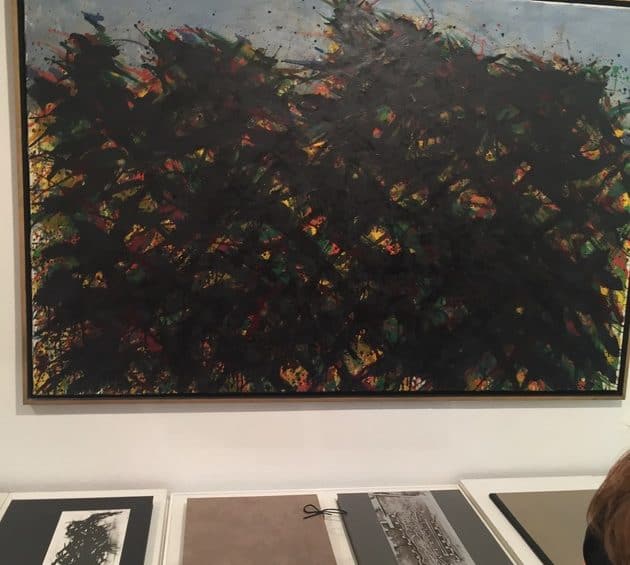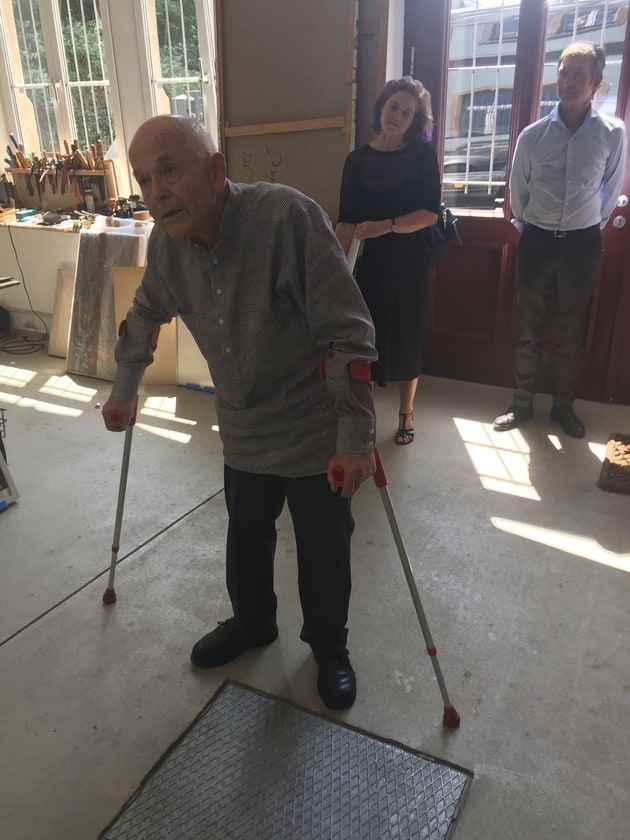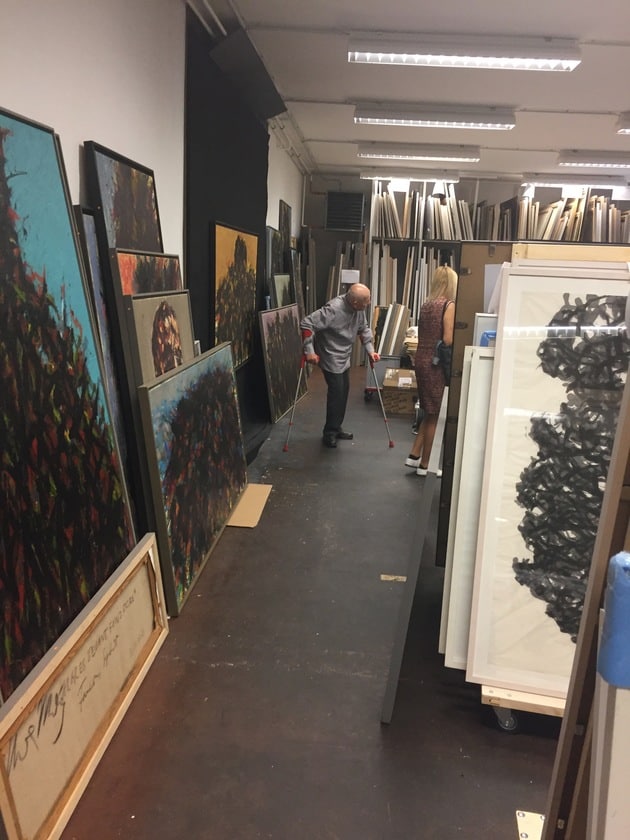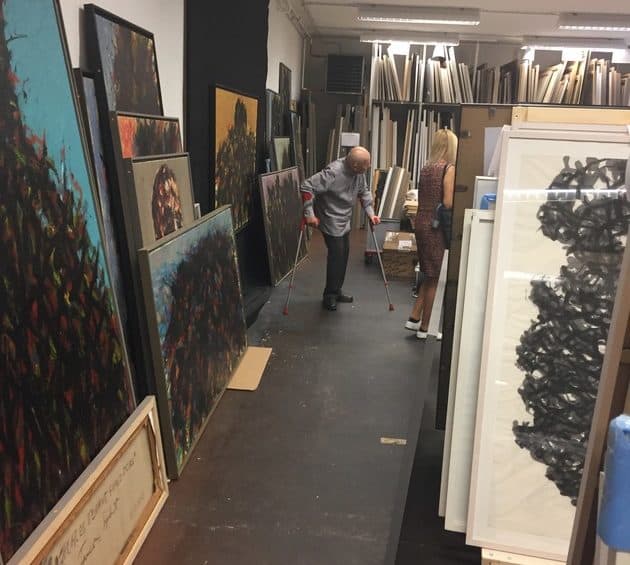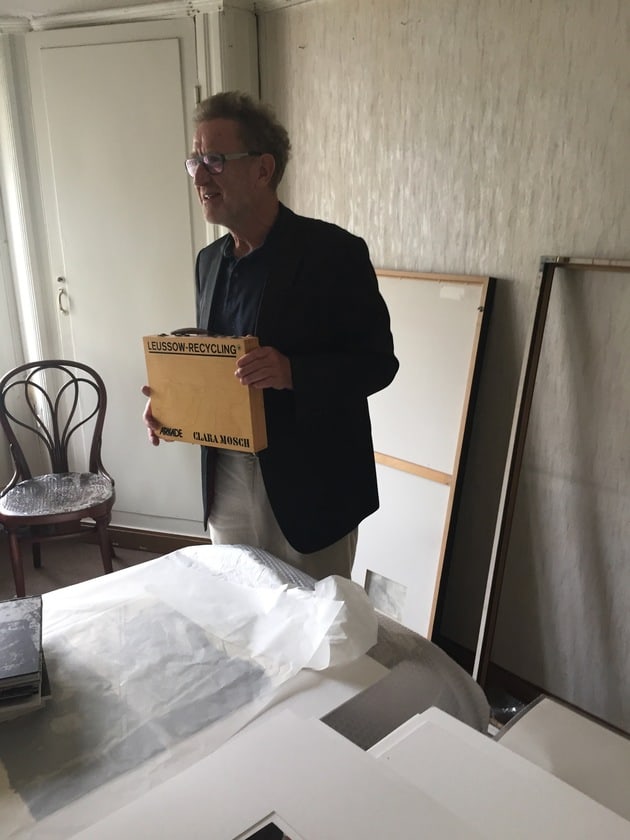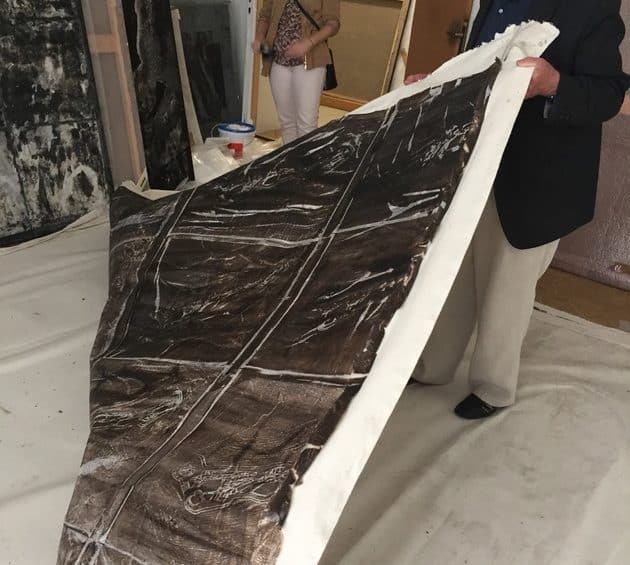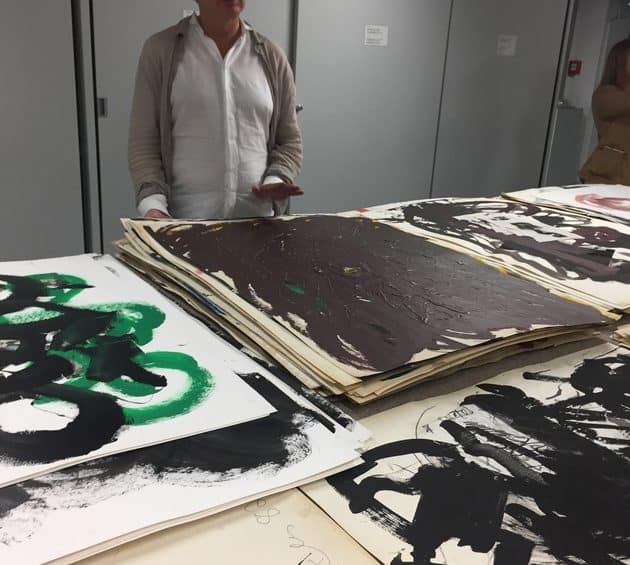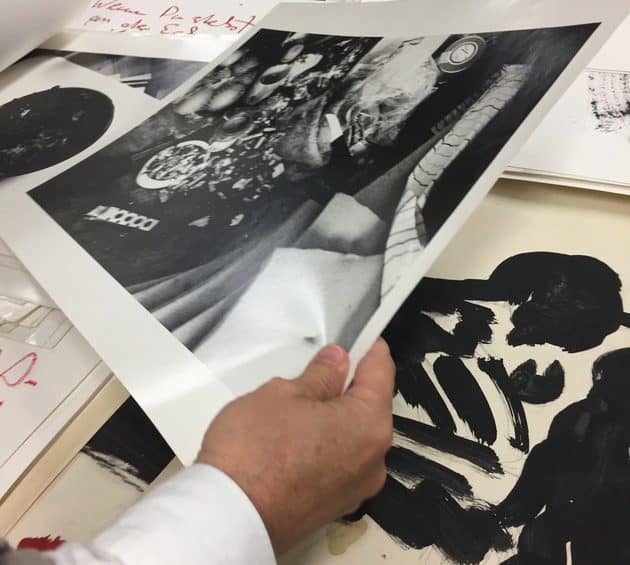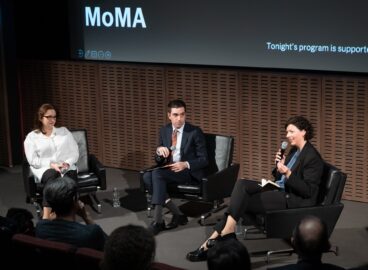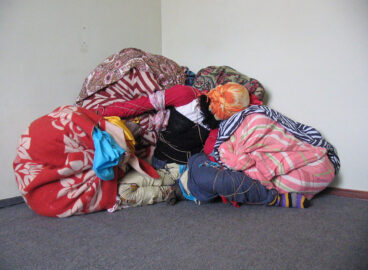Jon Hendricks records his impressions from a research trip to Berlin and cities of the former East Germany, made with members of the C-MAP group for Central and Eastern Europe in June 2018. He highlights artists and works made in the GDR that particularly impressed him.
First of all, I want to thank Meghan Forbes for the amazing job that she did coordinating our visit. Also, I want to thank Christian Rattemeyer, Roxana Marcoci, Sarah Lookofsky, and Linnea West for all of the things that they did to make the trip run smoothly and efficiently.
With this post, I want to give a flavor of the trip, so I will briefly mention what I feel were highlights, and skip over the more expected stereotypes of Eastern European art. Before we left Berlin for travels to other notable cities in the history of East German art production, Meghan, Michelle Elligott, and I visited the Kunstbibliothek (KuBi), where we were treated to a display of many extraordinary samizdat publications. We could have spent many more hours there looking at them. They were fantastic, showing the inventiveness and daring of the many artists, writers, and their supporters in the German Democratic Republic (GDR). This material definitely warrants more research on our part, and I believe that an exhibition of it at MoMA would help to dispel Western stereotypes of the GDR and other Eastern European countries. (A forthcoming article in post by Meghan will address some of these materials in more depth.)


Also in Berlin, at Galerie Barthel + Tetzner, we saw an overview of works by artists from the GDR, including artist groups such as CLARA MOSCH (a combination of the first two or three letters of the surnames of its principle members: Carlfriedrich Claus, Michael Morgner, Thomas Ranft, Dagmar Ranft-Schinke, Gregor Torsten Schade [Kozik]), with two stunning pieces by Ranft-Schinke, as well as individual works by other members. I was also very taken with the photography of Ralf-Rainer Wasse, who had photographed the CLARA MOSCH group.
In Dresden, we had a very nice visit with Max Uhlig, who invited us to his home and meticulously kept studio, and personally demonstrated the great vitality in his work. The next day, we visited the Carlfriedrich Claus Archiv in Chemnitz, which was really an eye-opener. Claus’s work from the 1950s, when he was a young man, was just as strong as his later, more mature works. I was particularly impressed with his early use of visual poetry, musical notation, and language, especially with regards to his learning Hebrew for the study of Kabbalah. In addition, his use of three- dimensionality is striking: he did a series of drawings and prints on transparent paper, front and back, which he even sometimes layered, so that one can see more than one image at a time. He is another artist whose work I think we ought to study in greater depth; he was fantastic in his innovation. As part of our further study, we should go back to the very beginning of his work, to the 1950s—not just to the Psychological Improvisations of the 1970s, which are represented in MoMA’s collection.
Also in Chemnitz, we visited Michael Morgner’s studio. He is the opposite of Max Uhlig, in that he exhibits a seeming disregard for his own work, which was piled high on the floor. Stepping over and around it, I was reminded of Edvard Munch, who used to keep his paintings outside in the winter, yet they too survived.
Then in Leipzig, at the Museum für bildenden Künste (MdbK), we were fortunate to see the work of Klaus Hähner-Springmühl, which the museum’s director, Alfred Weidinger, was preparing for a forthcoming retrospective exhibition. It was a moving assembly of paintings, drawings, photographs, installations and music that seem to be the epitome of avant-garde work done in the GDR. Hähner- Springmühl’s works are vivacious and strong, made with great energy. They verge on what East, as well as West, would characterize as “craziness,” but he is always sane in his work.
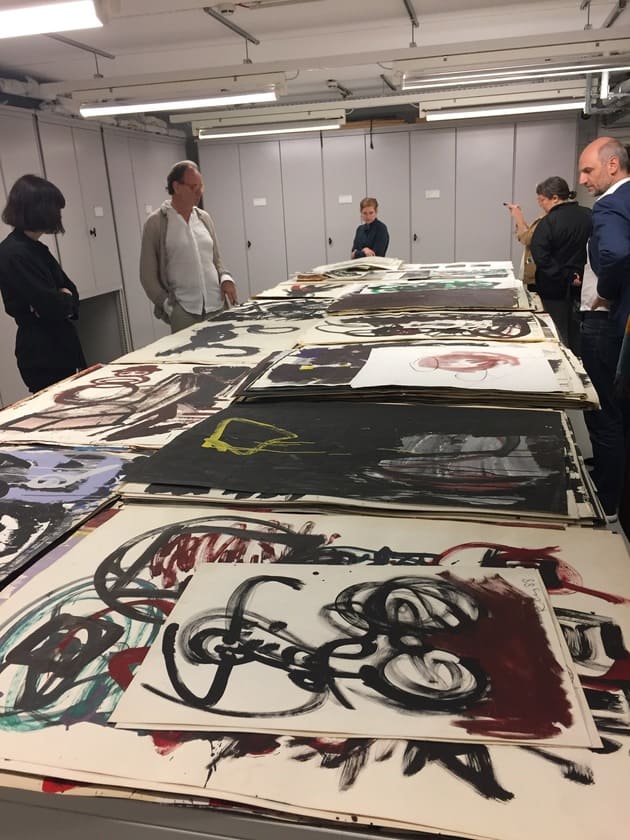
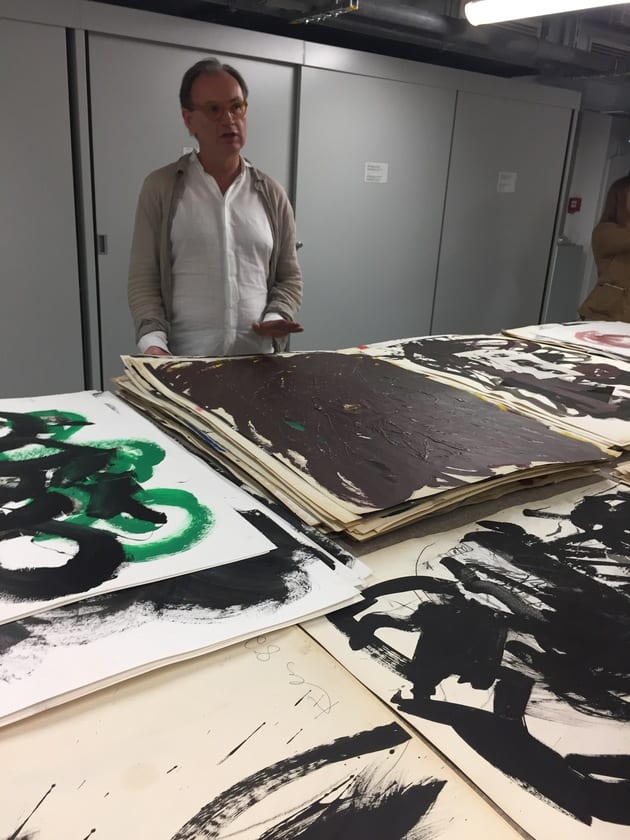

Finally, we saw the MdbK’s exhibition of the work of Karin Wieckhorst, which in a way summed up our trip to the GDR. It included photographs of artists in their studios, each of which was paired with an identical print reworked by the artist depicted. It was a revelation to see the energy of these artists. For me, it was a way of taking the stereotypical idea of Socialist Realism, which was made in service to the State, and throwing it out the window. There was a great freedom exhibited in these images, which dispelled my preconceived notions of art from the GDR.

